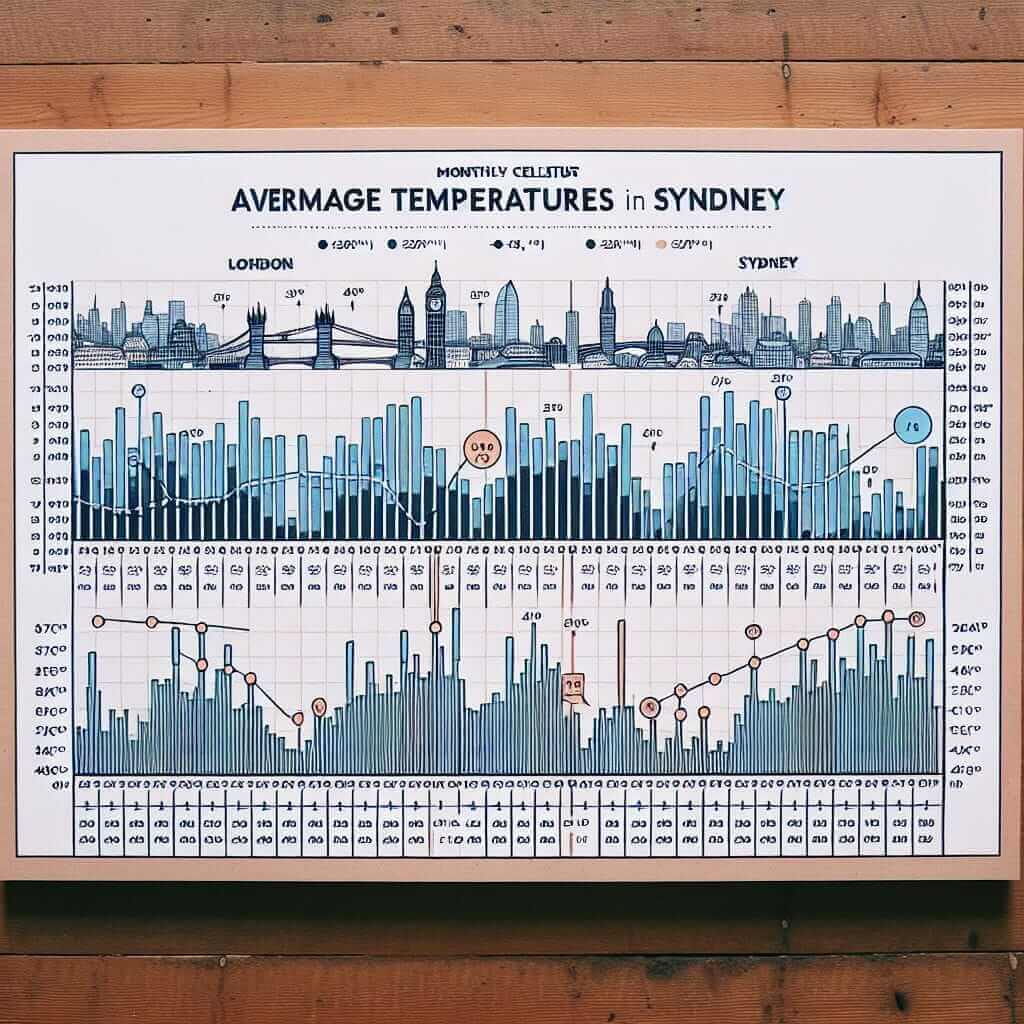Understanding IELTS Writing Task 1 Table
In the IELTS Writing test, Task 1 requires you to describe visual data, often in the form of charts, graphs, or tables. Tables, while seemingly straightforward, can pose a unique challenge as they present information in a highly condensed format. Mastering the art of interpreting and describing tables is crucial for achieving a high band score in your IELTS Writing test.
Nội dung bài viết
Approaching a Table Description
1. Analyze the Table Carefully
Before you start writing, spend a few minutes thoroughly analyzing the table:
- Identify the key components: What does the table represent? What are the variables being measured (rows and columns)? What units are used?
- Look for trends and patterns: Are there any noticeable increases, decreases, or fluctuations in the data?
- Highlight significant figures: Which data points are the most striking or important to mention?
2. Organize Your Response
A well-structured response is crucial for coherence and clarity:
- Introduction (Paraphrase the topic): Begin by paraphrasing the table’s title and briefly stating what it illustrates.
- Overview (Summarize key trends): Provide a general overview of the main trends or patterns that stand out in the data.
- Body Paragraphs (Detailed description): Divide the body into two or three paragraphs, each focusing on a specific aspect or comparison based on the table data.
- Conclusion (Optional): While not strictly necessary, a concise concluding sentence can summarize the most significant findings.
3. Use Precise Language and Vocabulary
- Data-specific verbs and adverbs: Utilize verbs like “increased,” “decreased,” “remained stable,” “fluctuated,” and adverbs like “significantly,” “steadily,” “gradually,” to accurately depict data changes.
- Comparison and contrast language: Employ phrases like “in contrast to,” “compared to,” “while,” “whereas,” to highlight differences and similarities.
- Proportion and percentage language: Familiarize yourself with expressions like “the majority of,” “a minority of,” “a significant proportion,” to describe proportions effectively.
Example:
Table: Average Monthly Temperatures in London and Sydney (°C)
| Month | London | Sydney |
|---|---|---|
| January | 5 | 23 |
| April | 10 | 18 |
| July | 18 | 13 |
| October | 12 | 19 |

Sample Response:
The table provides information on the average monthly temperatures in Celsius for two cities: London and Sydney. Overall, Sydney experiences much warmer temperatures than London throughout the year.
While London’s temperatures peak at 18°C in July, Sydney reaches its warmest point in January at 23°C. In contrast, Sydney’s coolest month, July, still averages a mild 13°C, whereas London experiences its lowest average temperature of 5°C in January. Interestingly, both cities show a significant temperature difference between their warmest and coolest months, with a range of 13°C for London and 10°C for Sydney.
Tips for Success
- Practice regularly: Familiarize yourself with various table structures and data types by practicing with past IELTS Writing Task 1 questions.
- Focus on accuracy: Ensure your descriptions accurately reflect the data presented in the table.
- Time management: Allocate your time wisely (about 20 minutes) for Task 1, leaving ample time for Task 2.
- Seek feedback: Have your writing evaluated by an experienced IELTS instructor to identify areas for improvement.
By following these guidelines and practicing diligently, you can confidently approach the IELTS Writing Task 1 table description and improve your chances of achieving your desired band score.